RISING STORM - THE IMPERIAL JAPANESE NAVY AND
CHINA
1931-1941
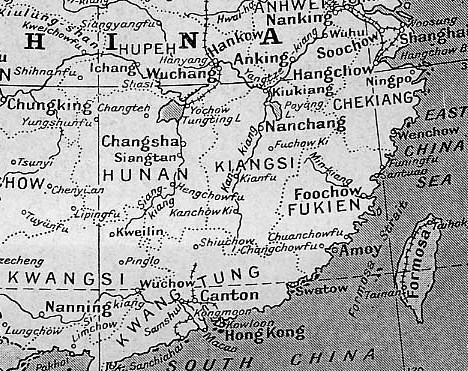 Southern China showing location of Nanchang
Southern China showing location of Nanchang
The Campaign to Occupy Nanchang -
1939
© 2012 Bob Hackett, Sander Kingsepp and Anthony Tully
Nanchang, the capital of Kiangsi Province, is a city of 500,000 located on the Gan and Fu rivers, 400 miles north of Canton. Nanchang is a key strategic point in the Japan's campaign in southern China. Nanchang is the western terminus of the Chekiang-Hunan railway from Hanchow, southwest of Shanghai. The railroad runs through 600 miles of unoccupied country and is China’s last life line for food and supplies from the east coast. Nanchang is a focal point for distribution of supplies to guerrillas operating in the Shanghai-Hankow-Nanchang area and guerrillas that obstruct Japanese movements of transports south of the Yangtze. China's main air base at Nanchang also threatens shipping on the Yangtze.
July 1938:
During the Battle of Hangkow (Wuhan), the Japanese approach Nanchang, but are are stopped at the Xiushui River. The Japanese occupy Kiukiang, a Yangtze port about eighty miles north of Nanchang where they assemble a strong force for operations against Nanchang to the south where 200,000 Chinese trooops in 39 divisions were gathered. Unfavorable weather and strong Chinese opposition stall the Japanese advance. Little progress is made during the winter of 1938. The Japanese wait for reinforcements.
February-May 1939: Operation “T”:
Rear Admiral (later Vice Admiral) Goga Keijiro’s (38) force conducts riverine operations in support of the seizure of Nanchang. His main force consists of depot ship IJN ASUKA (ex-Chinese gunboat YUNG CHIEN) and the 1st Base Force. River gunboats IJN FUTAMI and sister HIRA comprise Goga’s Advanced Unit while river gunboat IJN KOTAKA and the 2nd and 3rd Gunboat Units of comprise his Rear Guard. Goga’s Advanced Guard consists of the 1st Minesweeper Unit, 4th Gunboat Unit and other small craft and a battalion of the No. 5 Kure Special Naval Force (SNLF). He also has an aircraft unit of the 1st Base Force
under his command.
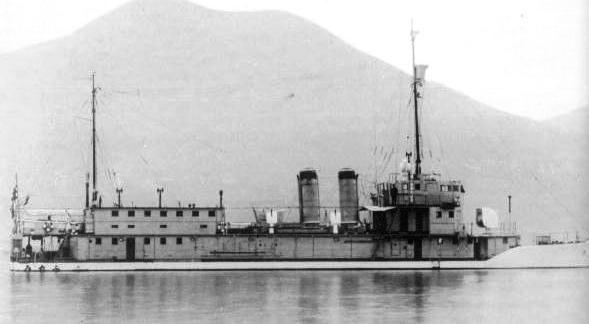 River gunboat IJN FUTAMI
River gunboat IJN FUTAMI
March 1939: The Battle of the Xiushui River:
NE of Nanchang. The Japanese start the second invasion of Nanchang with 120,000 troops under Gen Yasuji Okamura organized in three divisions. They are supported by 130 tanks and tankettes under Colonel Ishii. The Japanese deploy the largest artillery forces used during the Sino-Japanese War. MajGen Sumita's 6th Field Heavy Artillery Brigade bombards Chinese positions in support of the IJAs crossing of the Xiushui River, but after meeting little resistance, cease the bombardment. Japanese troops successfully cross the river barrier.
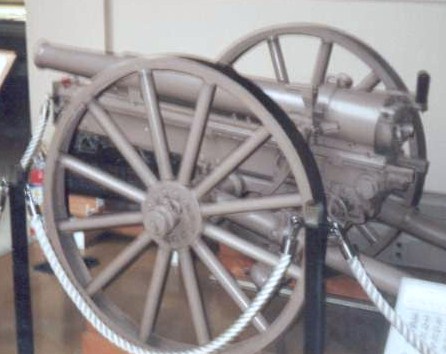
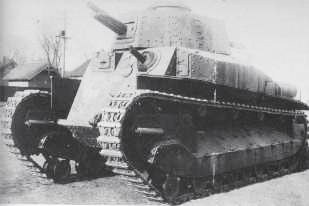 Type 41 75mm Mountain Gun, one type used at the Xiushui River and 12-ton Type 89 medium tank
(Photos - Akira Takizawa)
22 March 1939:
Type 41 75mm Mountain Gun, one type used at the Xiushui River and 12-ton Type 89 medium tank
(Photos - Akira Takizawa)
22 March 1939:
The Japanese launch a swift offensive up the Kan River’s west bank.
26 March 1939:
IJA troops, supported by aircraft and tanks, break out of the Xiushui River bridgehead, defeat Chinese reinforcements and reach the west gate of Nanchang.
27 March 1939:
Surrounded and under siege, Nanchang falls to the Japanese.
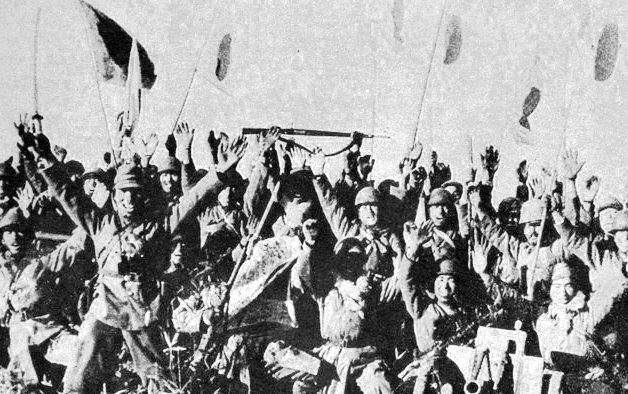 Victorious IJA troops
Victorious IJA troops
April 1939:
Some Japanese forces are moved to support operations in other areas and so weaken Japanese strength in the Nanchang area.
21 April 1939:
The Chinese launch a surprise attack on Nanchang.
26 April 1939:
Chinese forces breakthrough to the outer area of Nanchang, but come under heavy Japanese air attacks. IJN units reinforce the Nanchang garrison.
9 May 1939:
The Chinese are unable to lay an effective siege and retreat.
-Bob Hackett, Sander Kingsepp and Anthony Tully
Back to Rising
Storm Page









